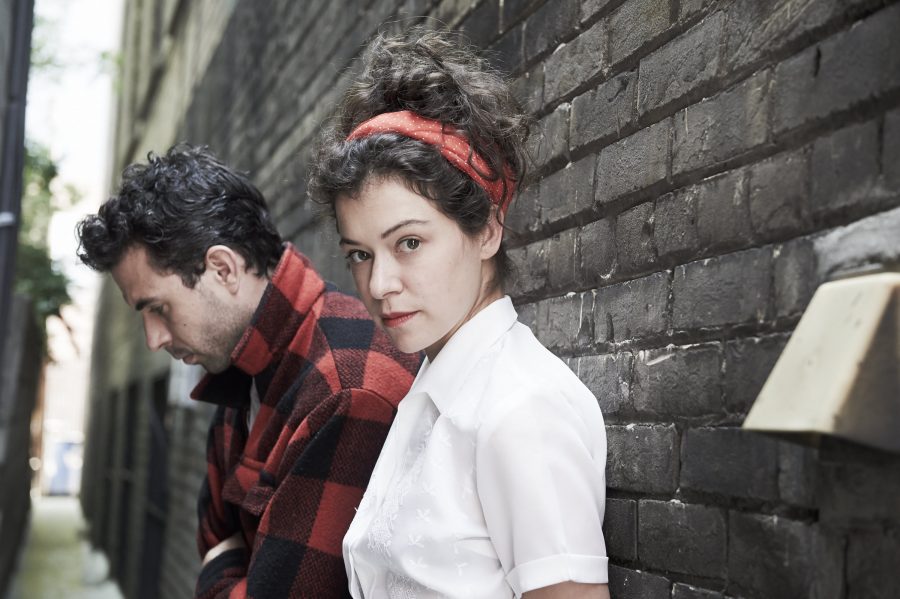Taste the Darker ‘Half’ of Relationships in New Film
“The Other Half,” directed by Joey Klein, will be released in theaters on Friday, March 10. The film reveals the difficulties of a relationship under mental illness.
March 9, 2017
A contemporary tale about the turbulences of love, the new film “The Other Half” uncovers the difficulties of a relationship burdened by grief and mental illness. Tom Cullen and Tatiana Maslany star as Nickie and Emily, a couple plagued by their own inner traumas while trying to construct a normal life. The film is a realistic and somber fictionalization of a real couple and the effort it requires to sustain a relationship troubled from the start — as well as the failures that accompany those trials.
Director Joey Klein exhibits a masterful feel for mood in his debut feature film. Its carefully curated lighting also strikes a resounding chord with viewers. For most of the story, the atmosphere is dim and gloomy. Characters exist only in shadows. Even in the bright outdoor scenes there is a sense of darkness looming nearby, a fear that the sun will not last for long. This perfectly parallels the narratives of Nickie and Emily, who are oppressed by a heavy bleakness that is never quite resolved.
The concept of distance is also prominent in “The Other Half.” Viewers follow Nickie from behind in the opening shot, and the frequent images of his back become a visual representation of the emotional wall he has built up throughout his life. Nickie is haunted by the unexplained disappearance of his younger brother, which detaches him from others and forces him to live as if he were in a shielded cocoon. Klein precisely captures the movements of these characters as if they had been choreographed.
Both Nickie and Emily do not seem to fit into the grid of their environment; they are only able to find temporary solace in one another. Emily is often discouraged by her family, while Nickie purposefully avoids his. The only moments when they appear to be happy are in each other’s presence. Klein expresses their distance in a particularly potent way — the characters remain quiet on screen, but their dialogue is heard through voiceovers, further enhancing the idea that their souls are removed while their bodies stay on Earth.
Cullen and Maslany provide nuanced portrayals of two people who must live with unimaginable misfortune. For two young actors, their performances stand out in an otherwise ordinary sea of films that lack the poignant gravitas of the characters in “The Other Half.” It is because of Cullen and Maslany that viewers become invested in the story and sympathize with its protagonists.
“The Other Half” is a deeply honest picture that does not cower at the thought of examining a relationship that has so many faults. It is not a happy film by any means, but Klein, Cullen and Maslany manage to achieve a level of maturity that far surpasses their ages. “The Other Half” is certainly an impressive feat for Klein, but even more so, an inspiration for young independent filmmakers.
“The Other Half” will be released in theaters on Friday, March 10.
Email Daniella Nichinson at [email protected].

























































































































































